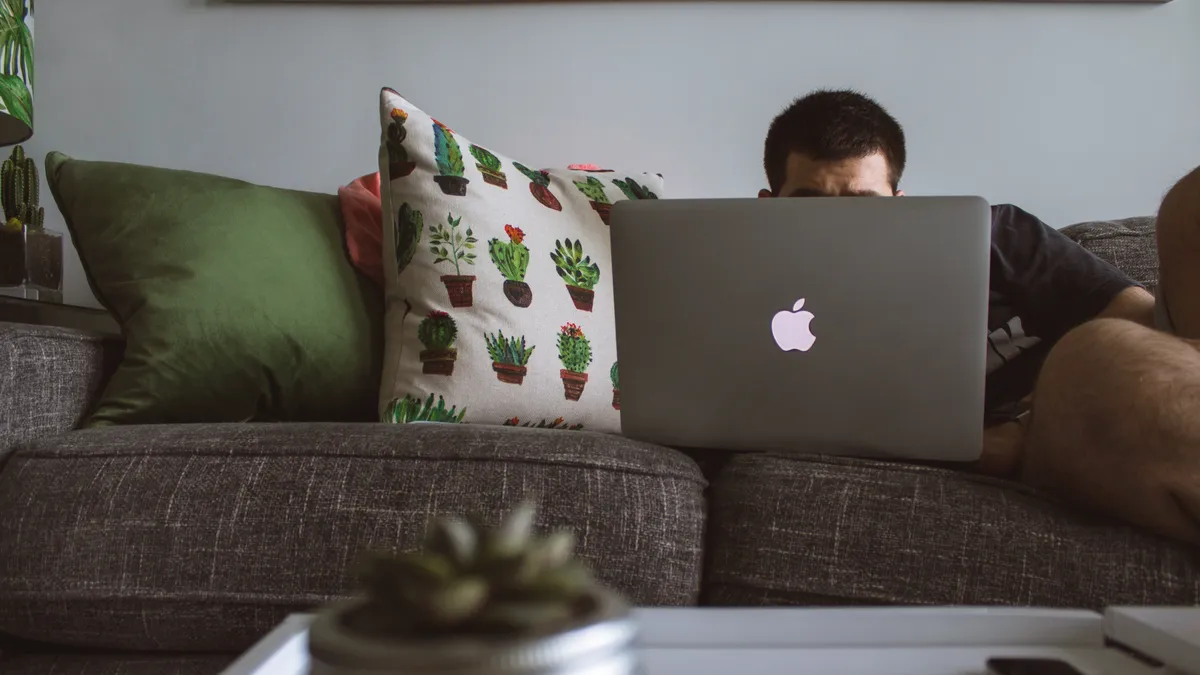Editor's Note: The following is a guest post from Brad Pilgrim, CEO & co-founder of Parity Inc.
Hospitals, healthcare and physical distancing. Storefront retail and access to essential goods. Unemployment and household finances. COVID-19 has had an immediate and upending effect on our personal and professional lives.
But what else should we be thinking about? What other seismic shifts are happening that we should be paying attention to?
As of April, 62% of the American workforce is working from home, resulting in an increase of residential building emissions. This changed pattern of local and global living will have an impact on our global energy consumption, and on home or property owners and those who manage large, multi-residential buildings.
Maintaining profitability and tenant satisfaction throughout the pandemic and into the future will require help from readily available property management technologies.
Smart technology like artificial intelligence (AI) and information technology (IT) used in smart buildings to increase property efficiency is specifically called property technology (prop tech). It’s a new approach to more traditional, manual building operations. Prop tech is modernizing residential building boiler rooms, resulting in streamlined energy use, temperature control and equipment performance.
Adding prop tech like AI and IT can create an opportunity for managers to better oversee these properties, reduce the cost of operations by 30% to 50% and increase in-suite productivity for tenants.
According to a March 2020 survey of CFOs and business finance leaders, 74% of respondents said they expect at least 5% of their workforce to become permanent work-from-home employees after the pandemic ends. In the case where tenants are occupying suites more for work, it may be in the best interest for property managers to introduce prop tech to regulate indoor environments to help tenants and suite owners thrive in their at-home work settings.
Smart technologies, like interconnected building sensors, have the ability to match the environment of a traditional office to that of your residential home office. Sensors located throughout the building can monitor building environments such as hallway temperatures, humidity and CO2 levels.
Measuring and managing CO2 levels is particularity important for memory, overall health and productivity. That’s why commercial office spaces keep a CO2 baseline within the industry recommended range of 350 to 1000 parts per million for ideal indoor comfort.
Residential buildings should do the same. As more people work from home, the increasing amount of CO2 per suite could inhibit some tenants' overall health.
Prop tech in action
As prop tech sensors collect a building’s operational data, this information can be sent to the cloud where it calculates the best heating, cooling and air conditioning settings for the building under various conditions (like too much CO2), and auto-adjusts the building’s operational equipment to recalibrate for the best possible indoor setting.
A lean hardware automation system is all that is needed to carry out dynamic changes that can be generated from the cloud. The changes in the building can typically be undertaken in less than a month with virtually no disruption in building operation or to its tenants.
It’s also important to note that keeping tabs on building operations manually is both inefficient and impractical. Ensuring that management has a pulse on a building’s internal nervous system with the help of prop tech for system control, data collection and remote reporting to building managers, is key to smoothly operating a contemporary property and streamlining tenant needs.
Although it might not be up to property managers to ensure at-home employee satisfaction, it is in their pocketbook’s best interest to invest in the prop tech that keep tenants who work at home satisfied, and their operational budgets down.
Overall, prop tech ensures greater visibility into a building’s operational performance, to indicate where to fix inefficiencies for tenants and where cost savings can be applied across the board. These steps can offer managers peace of mind for their property and for tenant satisfaction.
To keep up with all of our coverage on how the new coronavirus is impacting U.S. cities, visit our daily tracker.










